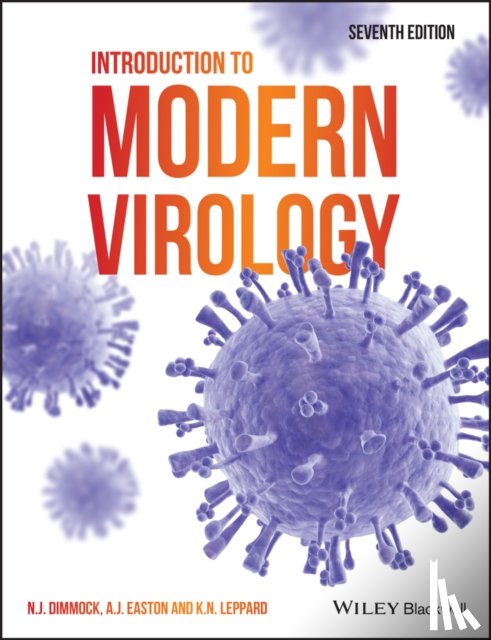Stel een vraag
Ik heb een vraag over het boek: ‘Introduction to Modern Virology - Dimmock, Nigel J. (University of Warwick), Easton, Andrew J. (University of Warwick), Leppard, Keith N. (University of Warwick)’.
Vul het onderstaande formulier in.
We zullen zo spoedig mogelijk antwoorden.


